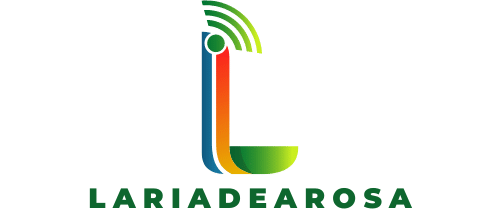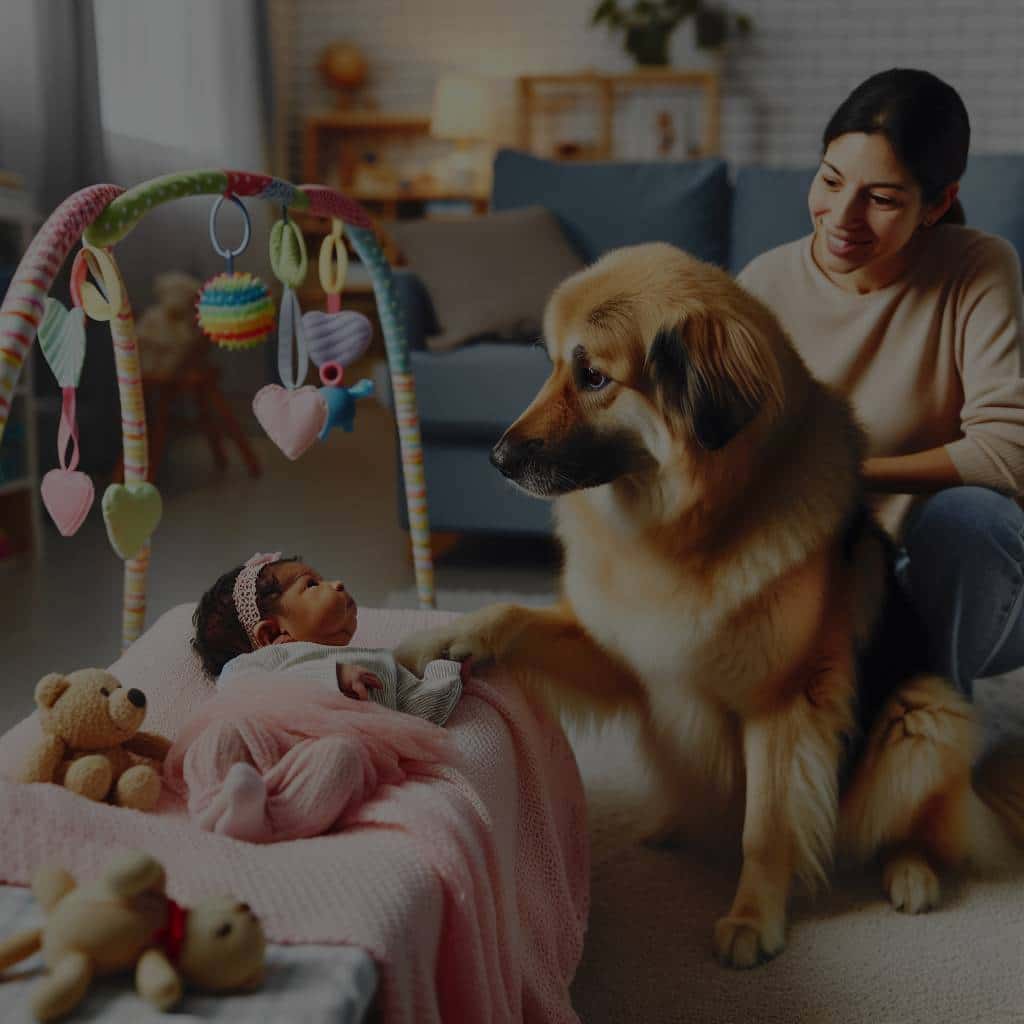Welcoming a newborn baby in a family that already has a pet, specifically a dog, can be a moment of great joy and excitement. However, when your bundle of joy has sensory impairments, the scenario takes a different turn. It is a sensitive situation that requires due diligence and expert guidance. As you navigate this new phase, your beloved pet will also be part of this journey. Training your dog to understand and interact with your child appropriately is crucial. This article aims to provide an informative and comprehensive guide on introducing your dog to your newborn baby with sensory impairments.
The Role of Dogs in Supporting Children with Sensory Impairments
Before we delve into the how-tos, let’s first understand the significant role dogs play in supporting children with sensory impairments. Dogs, often hailed as man’s best friend, have proven to be more than just pets in many scenarios. With the right training, dogs can be transformed into service animals that provide both emotional and physical support to children with sensory impairments.
In parallel : How to Ensure Adequate Vitamin D for Indoor Dogs?
Service dogs are trained to help people with various disabilities, including visual or auditory impairments, or conditions like autism. These dogs provide emotional comfort, aid with daily tasks, and even alert parents or caregivers of potential health-related issues. For example, dogs can be trained to alert parents when a visually impaired baby is about to bump into a piece of furniture or other obstacles.
Training Your Dog to Understand Your Child’s Impairments
Training your dog to understand and respond appropriately to your child’s sensory impairments is a crucial step. Dogs have a powerful sense of understanding human emotions and conditions, especially when trained correctly. This ability makes them perfect companions and support animals for children with sensory impairments.
Also read : What’s the Best Way to Protect Your Pet’s Paws from Hot Pavement?
While it is possible to train your pet dog at home, the help of professional dog trainers who specialize in service animals would be beneficial. They can guide you with the correct training methods and provide insights into your dog’s behavior. With time and patience, your dog will learn to understand your child’s needs and how to interact with them.
Introducing Your Dog to Your Newborn Baby
Introducing your dog to your newborn baby is a delicate process that should be done gradually. This process will require patience and consistency. Your dog needs time to adjust to the new smells, sounds, and sights that come with a newborn.
Start by bringing a blanket or a piece of clothing that has the baby’s scent on it for your dog to sniff and familiarize itself with. Allow the dog to investigate the new smells in its own time. Over time, introduce visual contacts by bringing the baby and the dog in the same room, but with a safe distance.
Ensuring the Health and Safety of Both the Child and the Dog
Ensuring the health and safety of both the child and the dog is paramount. While your pet dog might have been part of your family for a long time, remember that dogs are animals, and their behavior can be unpredictable at times.
Regular health check-ups for both the baby and the dog are essential. A healthy dog is a safe dog. Keep your dog’s vaccinations up to date and ensure it’s free from fleas and ticks. Similarly, ensure your child’s health and sensory needs are taken care of.
While dogs can provide immense support and companionship to children with sensory impairments, it is equally important to ensure that the child and the dog have safe interactions. Never leave your baby unattended with the dog.
Providing Ongoing Support and Care for Your Child and Dog
As your child grows, their needs and interactions with the dog will change. It’s crucial to provide ongoing support and care for both your child and the dog. Continued training for the dog to understand the child’s changing needs will be necessary.
Similarly, teaching your child (when they are of age) to understand and respect the dog’s needs is also important. This will foster a strong, supportive relationship between your child and the dog, making the dog not just a pet, but a part of your family and a lifelong companion for your child.
Introducing your dog to your newborn baby with sensory impairments can be a challenging task. However, with patience, understanding, and the right resources, it can be a rewarding experience for your family, enriching the life of your child and your dog alike. Remember, your aim is to ensure a healthy and harmonious coexistence between your child and the dog, all while catering to the unique needs of your child with sensory impairments.
Adapting Daily Routines for Supporting Your Child and Dog
Adjusting daily routines for your child and dog can significantly enhance the relationship between the two. It is essential to include activities that cater to the specific needs of your child and promote a healthy bond between them and your dog.
As a guide, consider the unique needs of your child. For instance, children with autism may experience sensory overload and require deep pressure for emotional regulation. In such cases, a dog trained to provide deep pressure therapy can be beneficial. This form of therapy involves the dog lying across your child’s body, providing a calming and comforting effect.
Alternatively, if your child has a visual disability, you may want to include activities that help your dog act as a guide. This could involve blind dog training, where dogs are trained to lead their owners safely around obstacles.
Remember, it is crucial to ensure that the activities are engaging and enjoyable for both your child and your dog. This might involve experimenting with different activities and observing which ones garner the most positive reactions from both parties.
Lastly, ensure that your daily routines also cater to the needs of your dog. This could include walks, playtime, and rest periods, which are crucial for maintaining a healthy and happy dog.
Conclusion: The Lifelong Bond Between Your Child and Their Service Dog
The journey of introducing your dog to your newborn baby with sensory impairments may seem daunting, but it is a journey filled with immense rewards. The relationship between a child with sensory impairments and a service dog is unique and profound. It involves fostering an environment of mutual understanding, respect, and love.
Through appropriate training, your dog will provide emotional support to your child and aid them in their daily activities. These dogs are not just pets; they become an integral part of the family, a true companion and a lifetime friend for your child.
However, it is crucial to remember that while service dogs are trained to provide support, they also need care, attention, and love. It is also vital to give your child the necessary care and support they require to thrive with their dog.
Embrace this journey of bonding your child with a dog. It’s a unique experience that will offer your child comfort, companionship, and a sense of security. More importantly, it empowers your child, promotes their independence, and boosts their confidence. A child who grows up with a dog, especially a service dog, experiences an enriching childhood filled with unconditional love and support.
The process of introducing your dog to your newborn baby with sensory impairments may be challenging and require patience, but remember, every step you take is a stride towards an enriching life for your child and your dog. This journey is not just about training your dog but about creating an environment that accommodates and respects the needs of your child and your dog. It’s about creating a harmonious, loving, and supportive home where every member, including those with disabilities, can thrive and feel loved.






